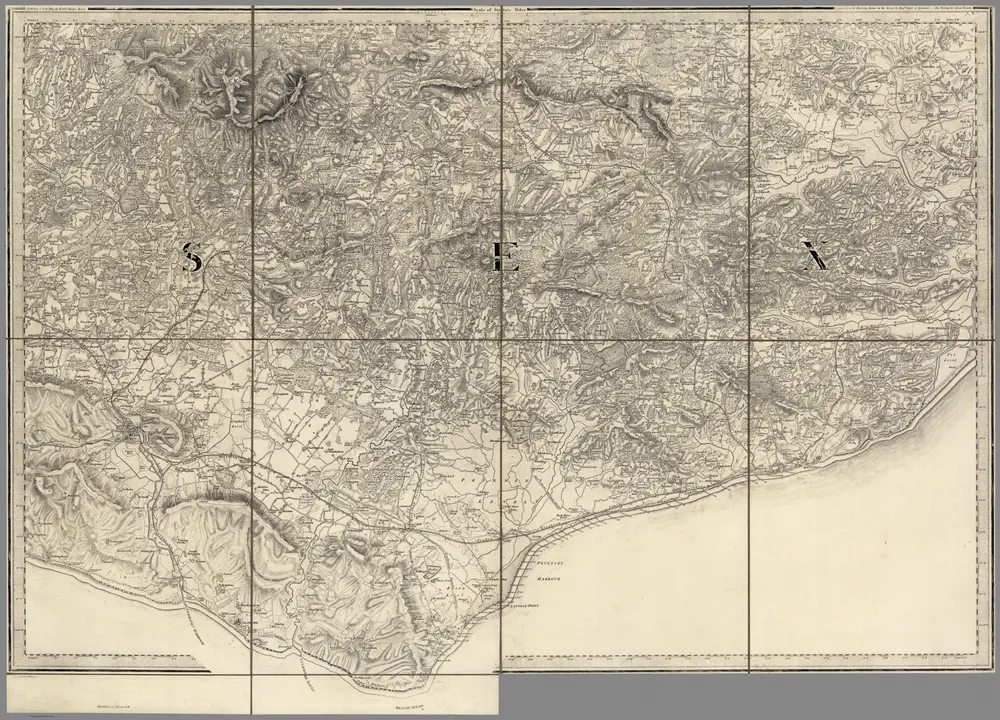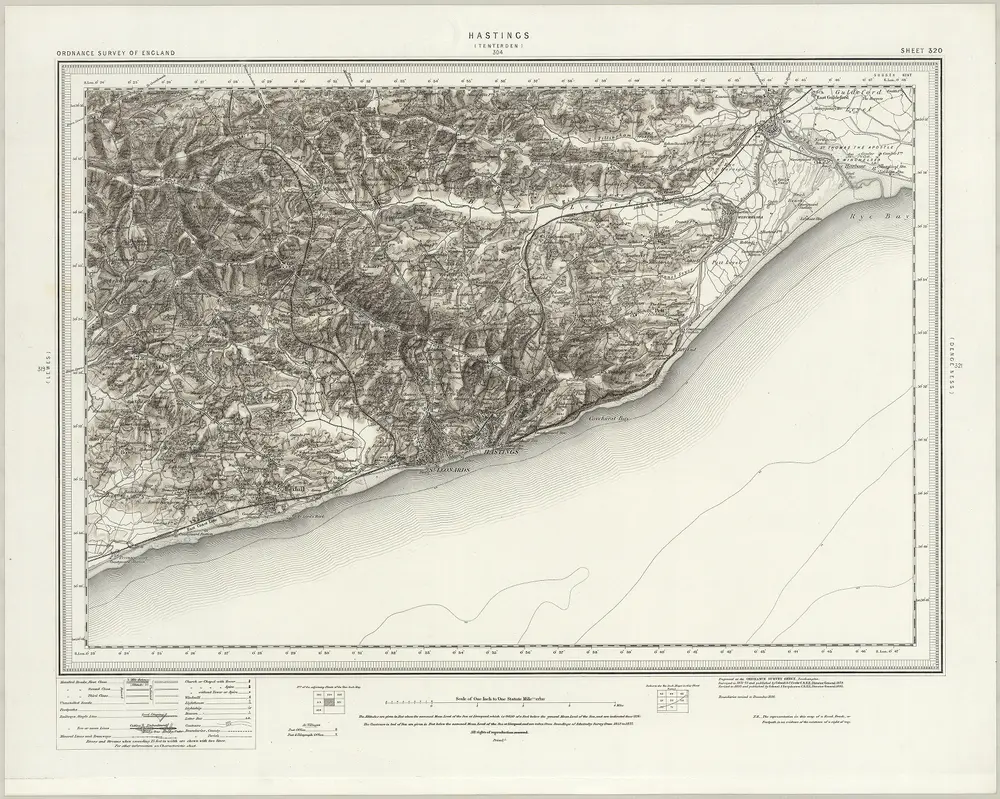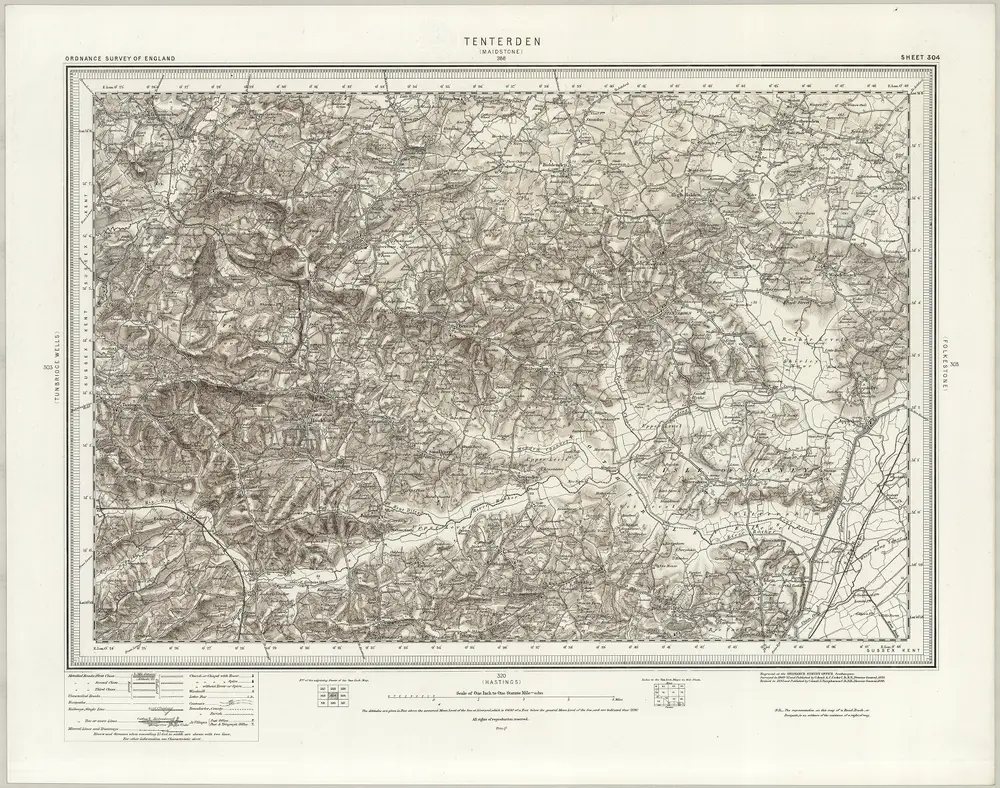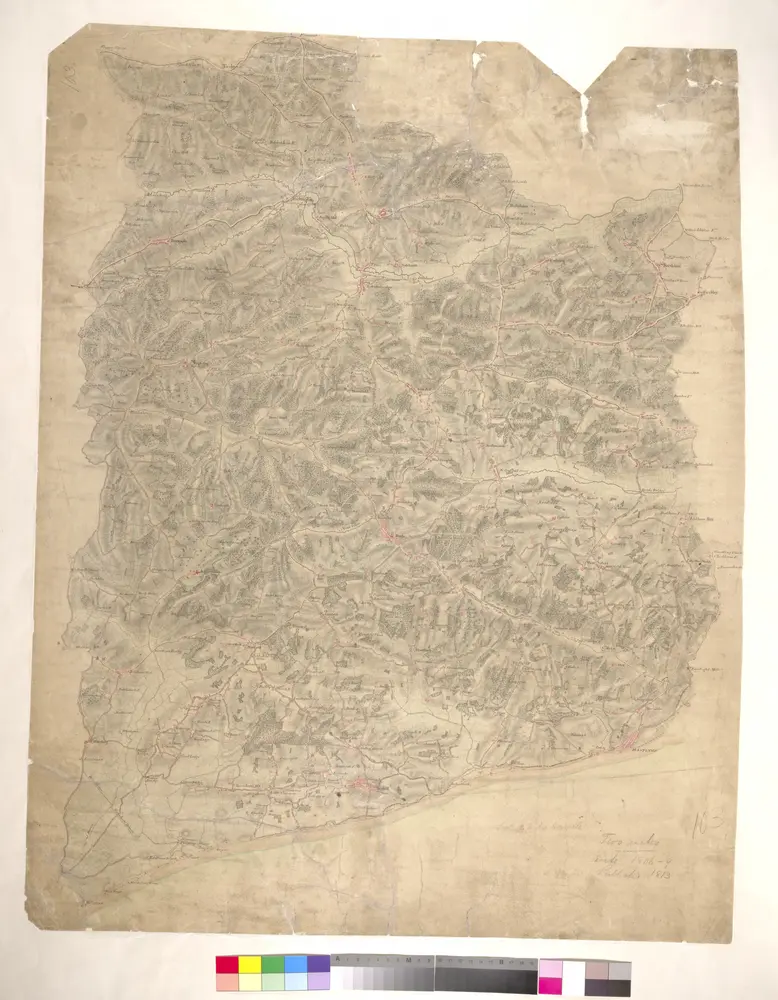
5. Hastings.
1862
Great Britain. Board of Ordnance
1:63k

Eastbourne - OS One-Inch Map
1954
Ordnance Survey
1:63k

320 Hastings (Hills)
1895
Ordnance Survey Office
1:63k

Hastings (Outline) - OS One-Inch Revised New Series
1893
Ordnance Survey
1:63k

Hastings (Hills) - OS One-Inch Revised New Series
1893
Ordnance Survey
1:63k

Lewes (Hills) - OS One-Inch Revised New Series
1894
Ordnance Survey
1:63k

Tenterden (Hills) - OS One-Inch Revised New Series
1893
Ordnance Survey
1:63k

Tenterden (Outline) - OS One-Inch Revised New Series
1893
Ordnance Survey
1:63k

304 Tenterden (Hills)
1896
Ordnance Survey Office
1:63k

Hastings 8
1806


Old maps of East Sussex
Discover the past of East Sussex on historical maps
Old maps of East Sussex
Discover the past of East Sussex on historical maps
Looking for a Google Maps API Alternative?